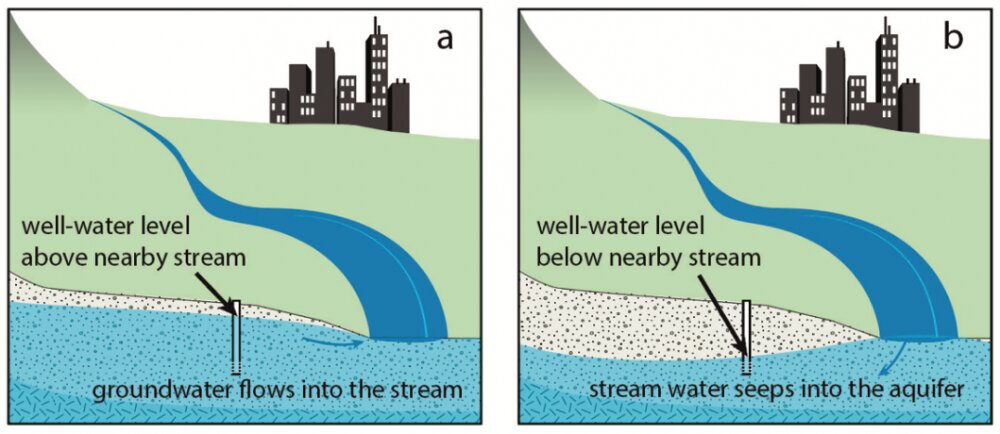#More coordination needed in renewable deployment to prevent grid congestion in Europe: Report

Table of Contents

Continued deployment of distributed renewable generation in areas with abundant wind and solar potential is a key driver for Europe’s clean energy transition. However, it needs to be accompanied by adequate consideration for the capacity of the transmission grid infrastructure to avoid further grid congestion, according to a new study.
By investigating different grid expansion scenarios, researchers have found that without swift action, redispatch volumes could increase almost six-fold by 2040, in a massive grid expansion (XGE) scenario in which the total grid length in Europe would increase by more than a third.
What is redispatch?
Redispatch is an essential mechanism used by electricity grid operators to ensure the stability and balance of the power system.
When transmission network constraints arise between power plants and demand centers, redispatch makes adjustments to the output of power plants after the wholesale electricity market clearance.
This process helps prevent transmission line overloads and subsequent power outages, ensuring reliable and efficient electricity delivery, by compensating for additional generation in areas with insufficient energy while reducing injection into the grid in regions with excess generation.
However, European legislation considers redispatch as a temporary measure only, if congestion gets alleviated in the foreseeable future, for example by additional investments into the grid. Market zones experiencing recurrent redispatch should be split into multiple areas, facilitating better exchanges between regions abundant in renewables and demand centers.
Different scenarios, similar outcome
The study investigates three grid expansion scenarios for the target years 2030 and 2040, focusing on how countries reinforce their national grids.
Two out of the three scenarios project a redispatch volume in 2040 comparable to the current electricity consumption in countries like France or Germany.
The costs associated with these measures could range from EUR 11 billion in 2030 to 34 billion EUR in 2040, assuming a high-level of grid expansion. In a business-as-usual scenario, costs could escalate from EUR 26 billion in 2030 to a staggering EUR 103 billion in 2040.
Even in the extreme grid expansion scenario, where the total circuit length in Europe increases by more than a third, the redispatch volume would still surge nearly six-fold.
Grid congestion
Because of grid bottlenecks, a substantial amount of renewable electricity is at risk of being wasted. The scenario in 2040 foresees that up to 310 TWh of renewable energy could be curtailed because of grid congestion, which equals half the electricity production from wind and solar in the EU in 2022 (according to EUROSTAT data).
Compounding the issue, the deployment of electrolyzers for hydrogen production may further exacerbate grid congestion. The increased demand from electrolyzers could concentrate in areas that are already experiencing congestion, intensifying the need for redispatch by at least 78 TWh in 2040 in a business-as-usual scenario based on a conservative estimation.
Mitigation strategies and collaboration
Policy instruments aimed at mobilizing investment, such as renewable auctions and capacity markets, can be improved by adding a locational component to reflect the local grid conditions.
This approach encourages the deployment of renewable energy and hydrogen production in areas less likely to exacerbate congestion.
The implementation of bidding zone splits that prove to enhance market outcomes, is recommended to establish better incentives for efficient operation. The study further emphasizes the importance of analyzing the costs and benefits of locational marginal pricing at a high granularity in a climate-neutral power system.
Collaboration and coordination among various stakeholders, including policymakers, grid operators, energy producers, and consumers, will be essential in building a resilient and efficient power system for the future.
Redispatch and congestion management: Future-proofing the European power market. op.europa.eu/publication/manif … ier/PUB_KJNA31924ENN
Provided by
European Commission, Joint Research Centre (JRC)
Citation:
More coordination needed in renewable deployment to prevent grid congestion in Europe: Report (2024, May 28)
retrieved 28 May 2024
from https://techxplore.com/news/2024-05-renewable-deployment-grid-congestion-europe.html
This document is subject to copyright. Apart from any fair dealing for the purpose of private study or research, no
part may be reproduced without the written permission. The content is provided for information purposes only.
If you liked the article, do not forget to share it with your friends. Follow us on Google News too, click on the star and choose us from your favorites.
If you want to read more Like this articles, you can visit our Science category.



